RBA raises the cash rate target by 25bps to 3.35% as widely expected. The Board also expects that “further increases in interest rates will be needed over the months ahead”. To assess “how much” further hike is needed, close attention will be paid to “developments in the global economy, trends in household spending and the outlook for inflation and the labour market.”
The central noted that underlying inflation at 6.9% in December was “high than expected” with “strong domestic demand “adding to the inflationary pressures in a number of areas of the economy.” Inflation is expected to decline to 4.75% this year, then to around 3% by mid-2025. Medium-term inflation expectation remain” well anchored”.
GDP growth is expected to slow to 1.50% in 2023 and 2024. Unemployment rate is projected to rise form current 3.50% to 3.75% by the end of 2023, and then 4.50% by mid-2025.




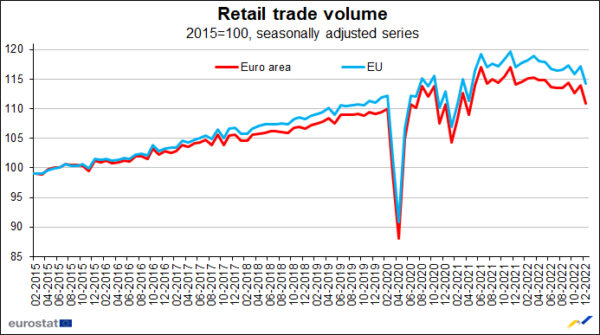
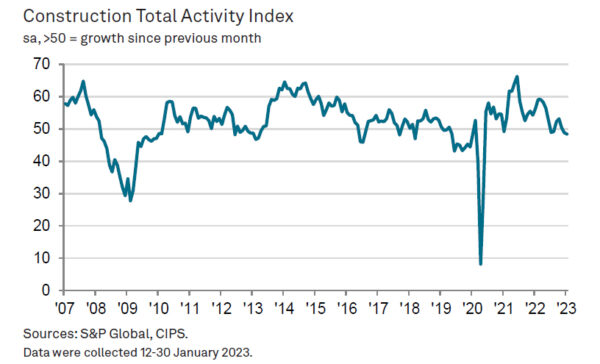
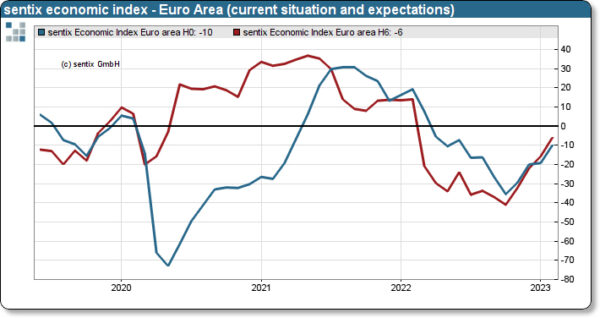
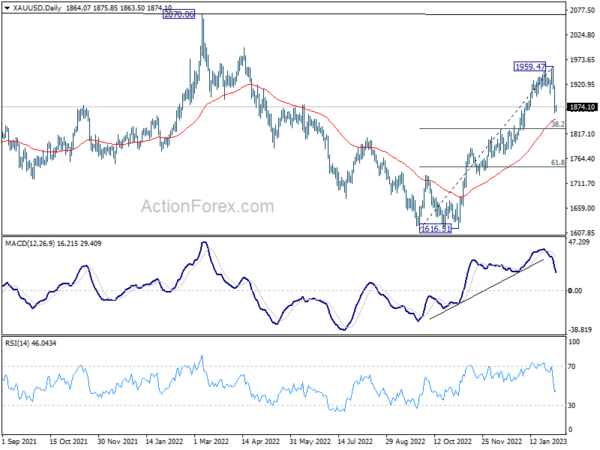
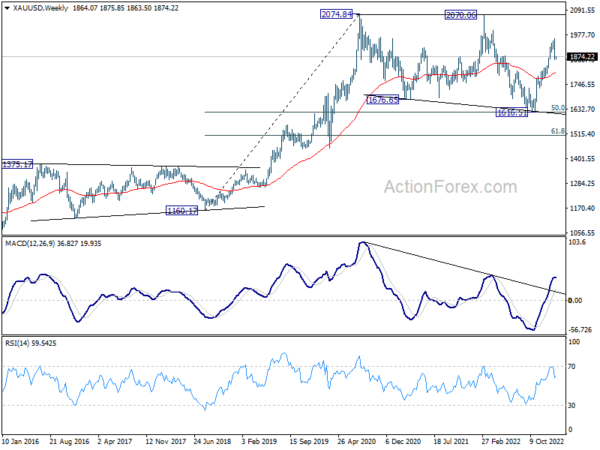
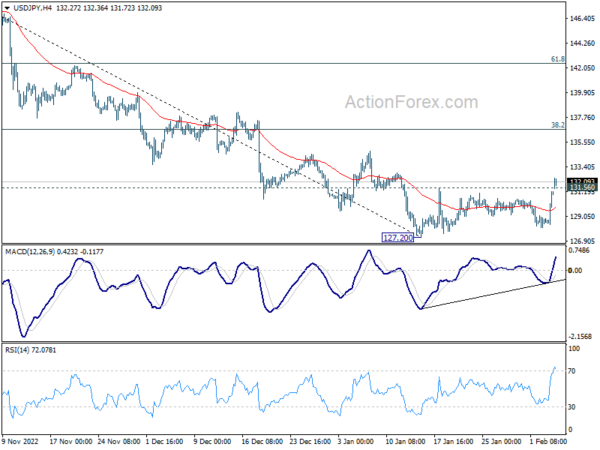
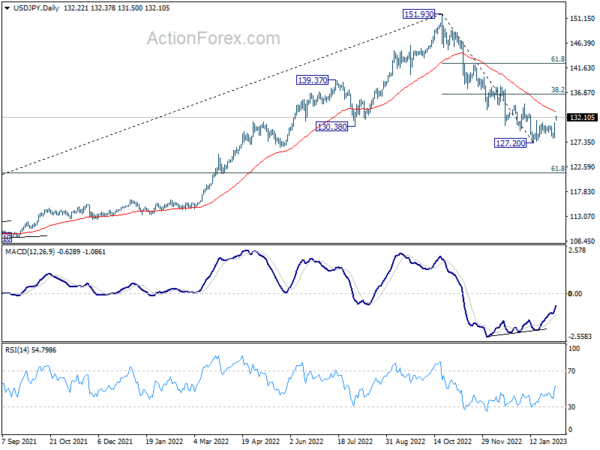
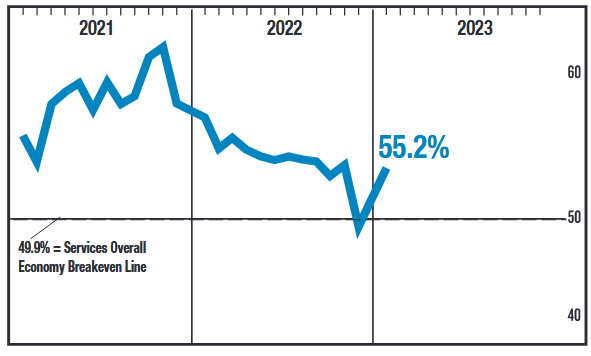
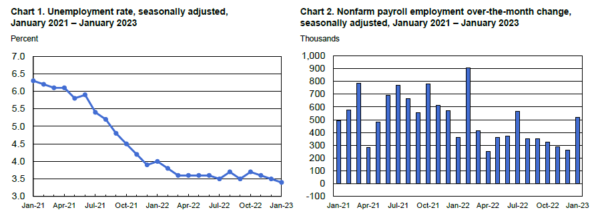
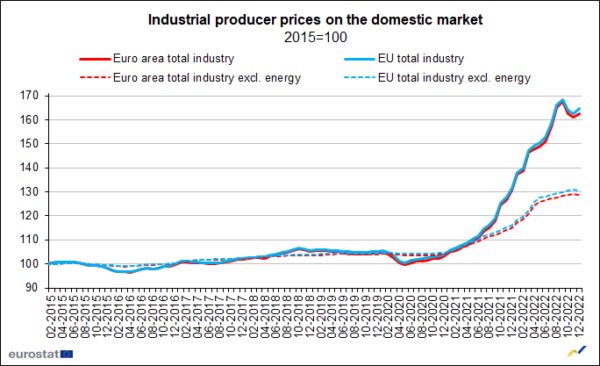
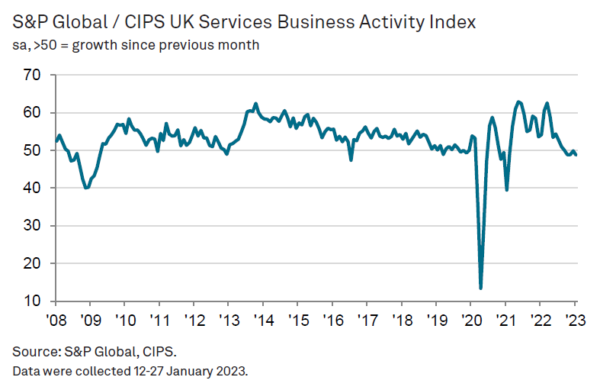
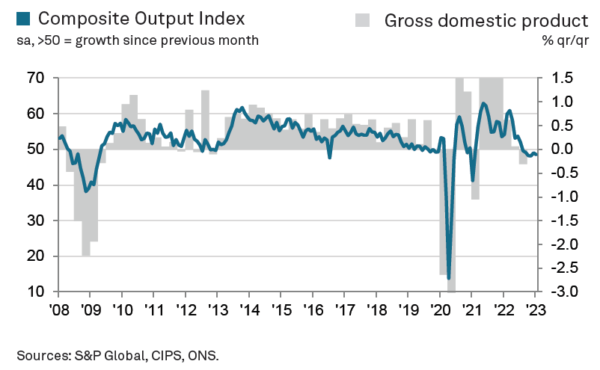
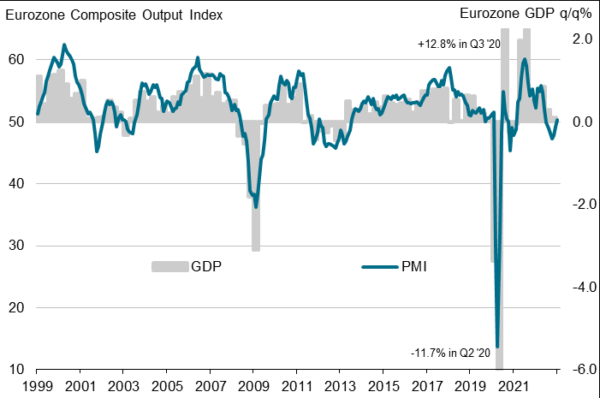
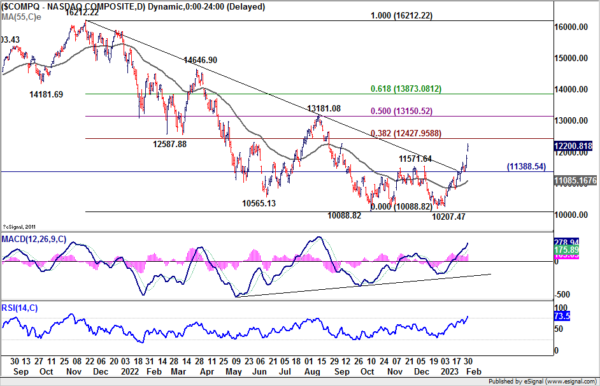

ECB Villeroy: No need to choose between fighting inflation and avoiding recession
ECB Governing Council member Francois Villeroy de Galhau said the improved economic situation in Eurozone makes it easy to fight inflation with monetary policy.
“I don’t think we have to choose between fighting inflation and avoiding a recession,” he added.
Also, he believed that Eurozone was not very far from the peak of inflation.